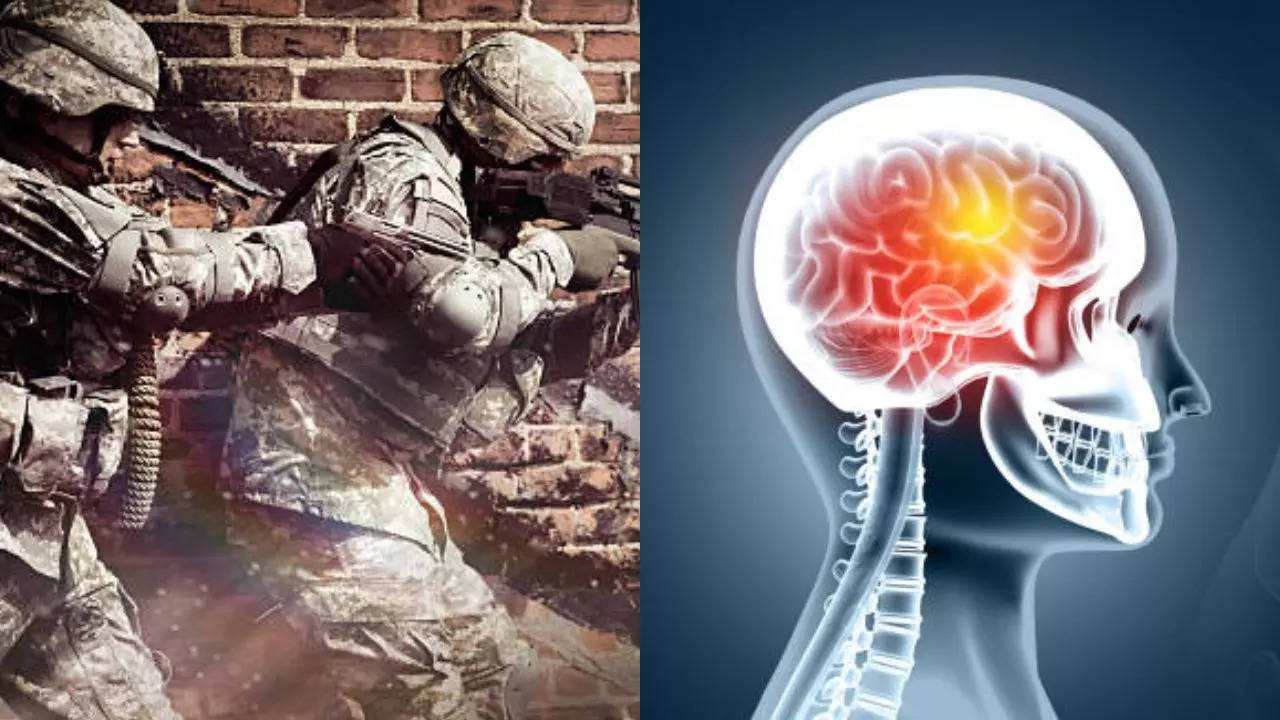
The United States military is finding new ways to limit brain injuries that are becoming a huge problem among the troops. The US Special Operations Command is now focused on new testing and blast monitors to reshape an explosive charge that reduces its blowback on troops. According to news reports, the command is now developing new ways to better protect warfighters from such blast overpressure and to evaluate their health risks, particularly during training.
“We have guys lining up to volunteer for these studies,” AP quoted retired Sgt. Maj. F. Bowling, a former special operations medic who now works as a contractor at the command. “This is extremely important to the community. They’re very concerned about it.”
Even though the Defense Department says it does not have good data on the number of troops with blast overpressure problems, brain injuries are highly traumatic, and many are never able to recover from them.
More than 20,000 service members were diagnosed with brain injuries last year.
According to the Defense Department's Traumatic Brain Injury Center of Excellence – more than 20,000 service members were diagnosed with traumatic brain injuries last year. More than 500,000 have been diagnosed since 2000.
Experts say traumatic brain injuries are a major cause of death and disability in the country – that happens when you hard bump, get a jolt to your head or are hit with something that penetrates the skull. These injuries usually cause both short-term and long-term medical issues.
Traumatic brain injuries are better known and have been a persistent problem among combat forces, including those subjected to missile strikes and explosions that hit nearby. “Our top priority remains our forces’ long-term cognitive well-being and operational effectiveness as warfighters,” Gen. Bryan Fenton, head of US Special Operations Command told reporters. “We are committed to understanding and identifying the impacts of blast overpressure on our personnel’s brain health.”
Signs and symptoms of brain injury
According to experts, traumatic brain injury symptoms vary depending on whether the injury is mild or moderate and severe. But all these cause symptoms, including physical issues, trouble thinking or remembering, and social or emotional problems. A few symptoms include:
- Nausea and vomiting
- Dizziness and balance issues
- Headaches
- Extreme fatigue
- Blurred vision
- Short-term memory loss
- Anxiety
- Increased irritability
- Sleeplessness
- Degraded cognitive performance
- Coma
How is the military trying to reduce casualties with Muchete breaching charge?
According to Gen. Fenton, research with academics and medical and industry experts is helping to find ways to mitigate and treat overpressure. He said cutting-edge technologies are key to reducing the effects of repeated exposures, such as those many of his troops experience.
Gen. Fenton said they are using a Muchete breaching charge – specifically formed into a shape that precisely directs the blasts and limits the harmful waves coming from an explosion. “The reduction on the blast overpressure coming back on the operator on average is generally between 40 and 60 per cent,” said Chris Wilson, who leads the team at the command that oversees clinical research and other performance-related initiatives. “It really also depends on where somebody is standing. But it’s certainly a pretty dramatic reduction in exposure. So, I think that’s a win.”
Wilson said development and testing of the charge are still going on but that units are using this one now in training until one gets final approval and can be more widely distributed.
Muchete breaching charge makes the Army special forces soldiers wear small monitors or sensors that help them better understand the level of blast pressure that they are absorbing. The sensors allow officials to compare readings based on where troops were standing and how close they were to the blast.
The command is now also evaluating a number of blast sensors on the market, and some higher risk troops are already using them. Testing and other studies are continuing with the goal of getting them out of force in the next couple of years. Since the troops undergo extensive training, it helps them hone their skills as well as prepare for specific operations. And so, practicing breaching a door a dozen or hundreds of times can help them be prepared for injuries as well.

